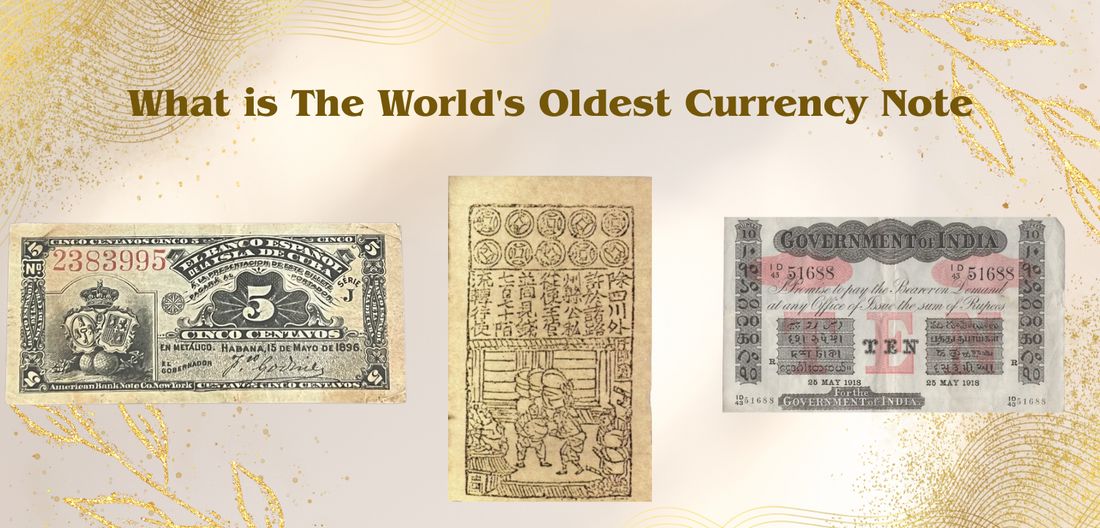
What is The World's Oldest Currency Note
When we discuss foreign money these days, we often think of plastic cards or digital wallets. However, centuries ago, paper money revolutionized commerce and trade across empires. Have you ever questioned what the sector’s oldest forex is aware of? Permit’s dive into records and uncover the origins of the first actual banknote ever published.
The Beginning of Paper Money
The arena's oldest surviving forex word dates back to China during the Tang Dynasty (7th century AD); however, it turned into widespread throughout the Song Dynasty (eleventh century) that paper currency became greater standardized and widely used. Those notes were known as "Jiaozi", and they're the earliest recognized examples of government-issued paper cash.
At the same time as not one of the Tang Dynasty paper money has survived, the oldest existing banknote in a museum is from the Ming Dynasty (14th century), held by the British Museum. published on mulberry bark, this word changed into backed by the Chinese government and had distinct warnings towards forgery.
Why China Introduced Paper Currency
China’s huge economic system and growing exchange demanded a greener opportunity to steal coins. coins were heavy, hard to move, and not practical for long-distance traders. Paper cash solved this hassle—easy to hold, store, and transact.
Features of the Oldest Currency Note
- Material: Made of durable mulberry tree bark
- Size: Much larger than modern currency notes
- Design: Featured official seals, value declarations, and anti-counterfeit messages
- Denomination: Usually denominated in “cash coins” equivalent
A Collector’s Dream
For creditors of rare and historical foreign money, early Chinese banknotes constitute priceless artifacts. While obtaining the original tune or Ming Dynasty notes is almost not possible, replicas and museum-grade collectibles are still valued. Fans regularly browse platforms like scoins to discover antique banknotes and cash that inform powerful stories of exchange, politics, and historical past.
Why It Still Matters Today
Knowing how the beginning of foreign money notes enables us to appreciate the evolution of global finance. From ancient China’s mulberry bark notes to the polymer payments in your pockets these days, the journey of forex is a testimony to human innovation.
